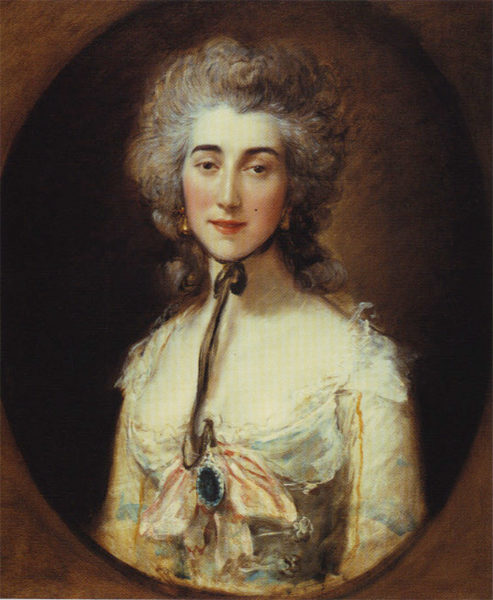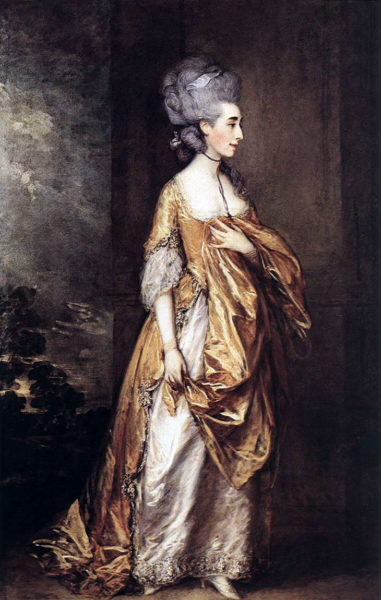Stew’s Introduction
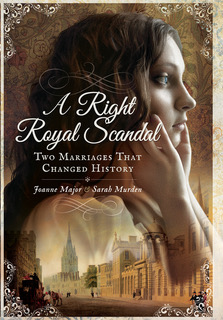
We are extremely fortunate to have Sarah Murden and Joanne Major grace (no pun intended) our site today with their guest blog. Sarah and Joanne are the co-authors of an extremely fascinating biography of the infamous courtesan, spy, and survivor of the French Revolution, Grace Dalrymple Elliott. They are meticulous with their research, especially with a subject that did not leave a whole lot behind for historians. Sarah and Joanne live in the UK and consider themselves “history detectives” who write/blog about all things having to do with the Georgian and early Victorian Eras. Their new book A Right Royal Scandal picks up where Grace leaves off with the reader’s entrance into the beginning of the Victorian Era. You can visit with Sarah and Jo on their web site https://georgianera.wordpress.com as well as purchase their books on www.Amazon.com.
Research Background
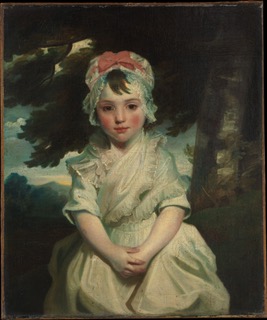
Being able to add so much information to Grace Dalrymple Elliott’s story was something of a happy accident. We were researching the Reverend Charles Cavendish Bentinck (ancestor of the British royal family) and his wife Sinnetta Lambourne who had gypsy blood (they are the subjects of our book A Right Royal Scandal: Two Marriages That Changed History).
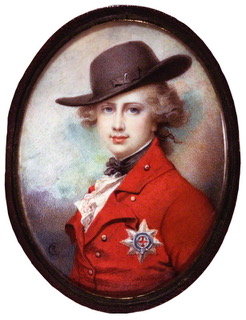
The Rev. Cavendish Bentinck’s father had been married twice and his first wife was Georgiana Seymour, Grace’s daughter. Reputedly, the Prince of Wales was Georgiana’s father.
Meet Grace and Her Family
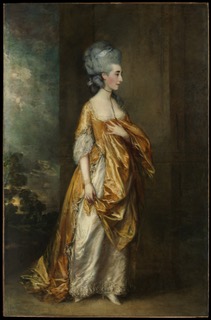
Grace Dalrymple Elliott was an infamous eighteenth-century courtesan. Married young to Dr. (later Sir) John Eliot, a messy and public divorce and criminal conversation trial ensued when Grace was discovered in a bagnio with the worthless Viscount Valentia. An earl, a prince and a French duke became, in turn, the lovers of the beautiful Grace and she picked her protectors wisely. Read More An Infamous Mistress

